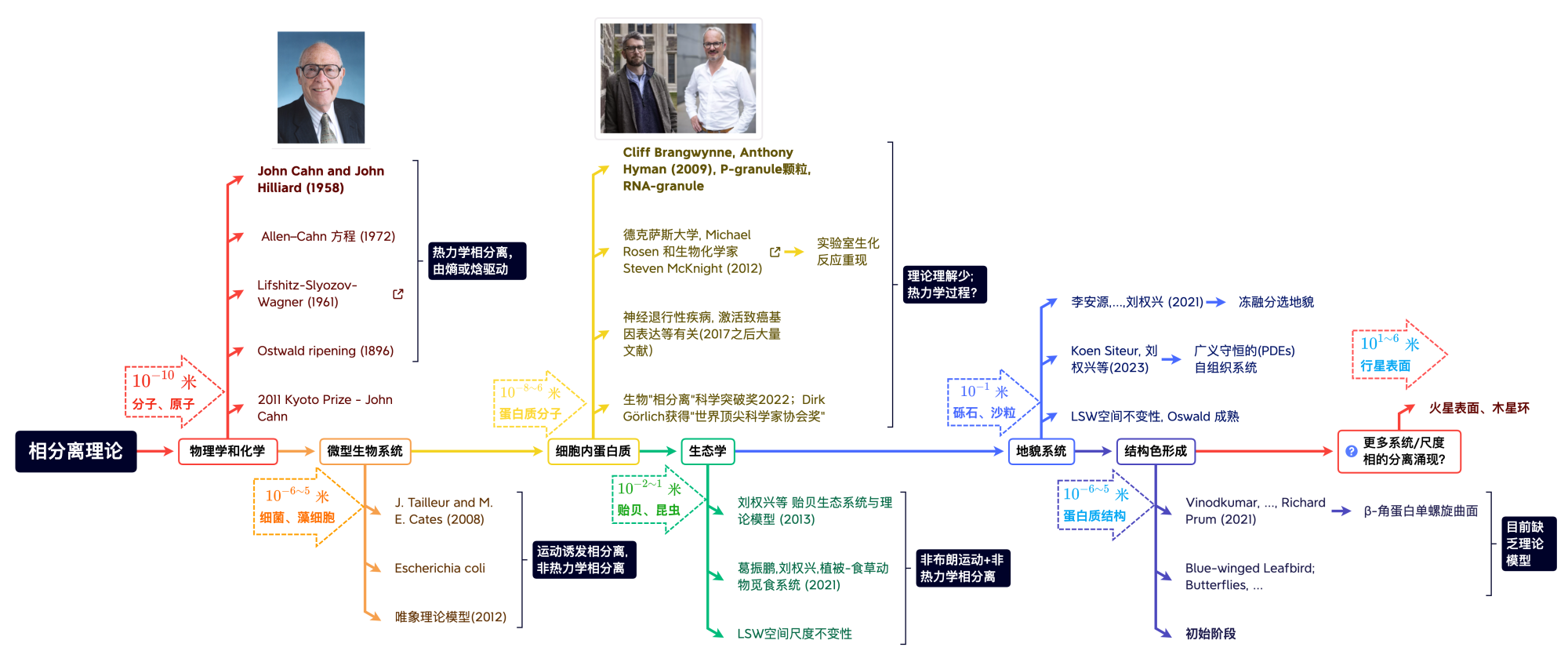
What Customers Have to Say
"It's not that I got tired of doing yard work, I just got tired of my neighbor's yard looking better than mine. He told me to call Quan-Xing Liu's Lab so I did. Now my lawn looks just as good, if not better."
Study topic highlights
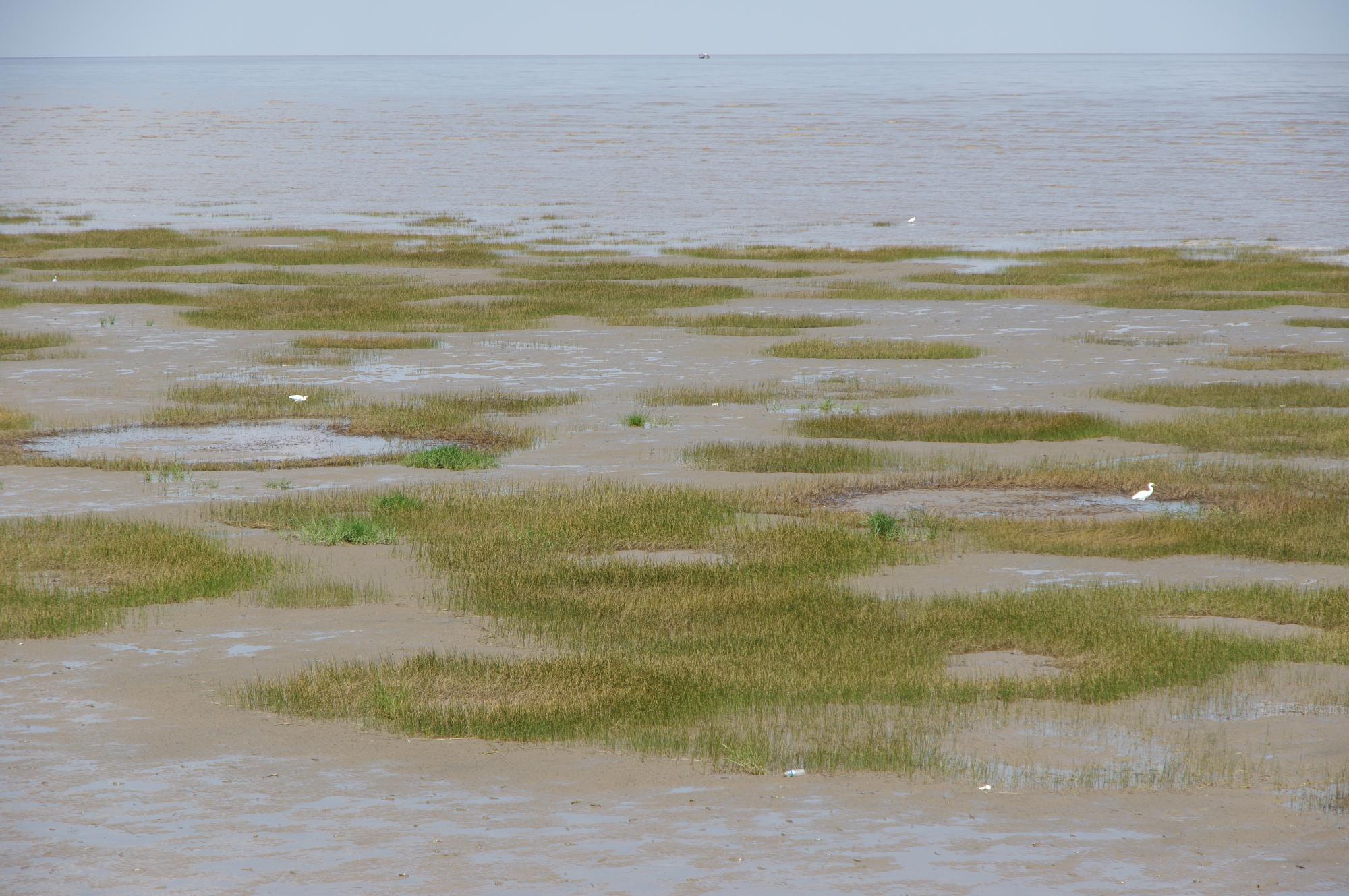
These images show several typical ecosystems that appeal to my group, such as native salt marshes in Yangtze estuaries of the China. These marshes are dominated by an annual Scirpus and exotic species Spartina, which are self-organized into spatially regular patterning, forming a unique salt marsh ecosystem. These marshes are also homes for abundant animal species, such as the marsh crab and the benthic species, a conservation icon for coastal salt marshes in China.
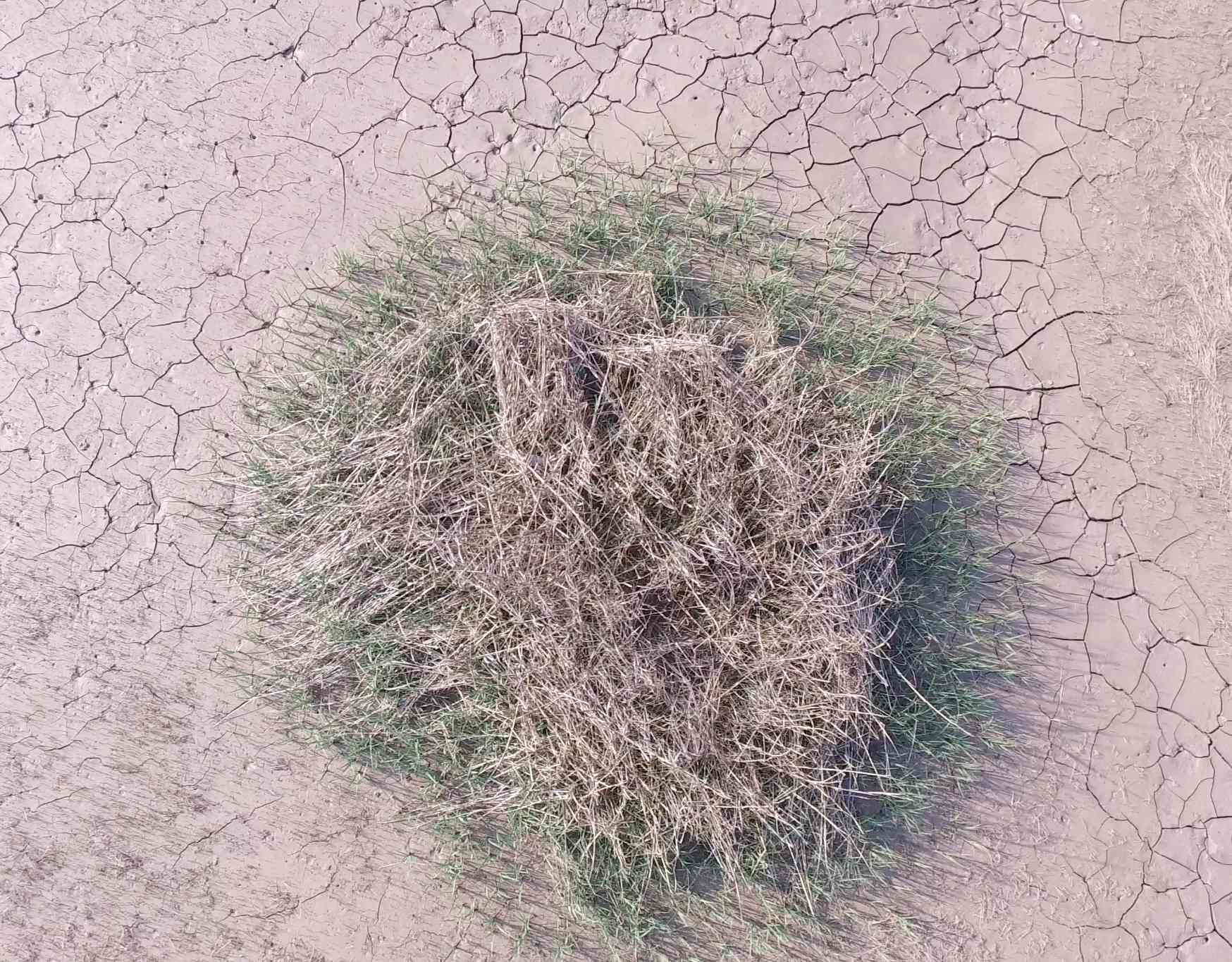
Fairy Circle Tidal Creeks Clumped Spartina
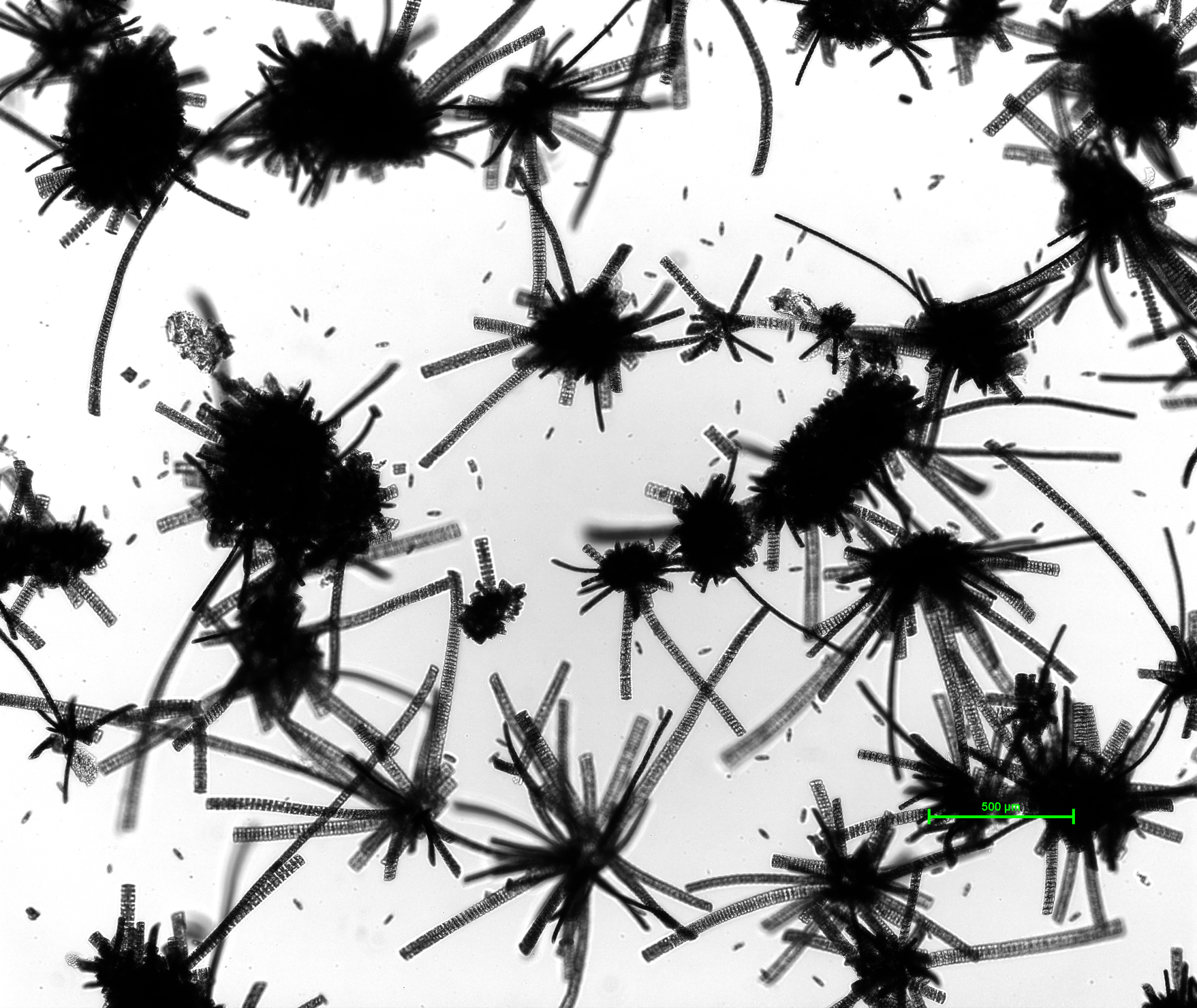

These images show several typical micro-scale systems that appeal to my group to explore, such as collective motion of algal cells and their spatial patterning. These algal cells display self-organized behavior forming a regular patterning. Algal strains courtesy of Prof. Wim Vyverman at Ghent University.
Theoretical outline highlights
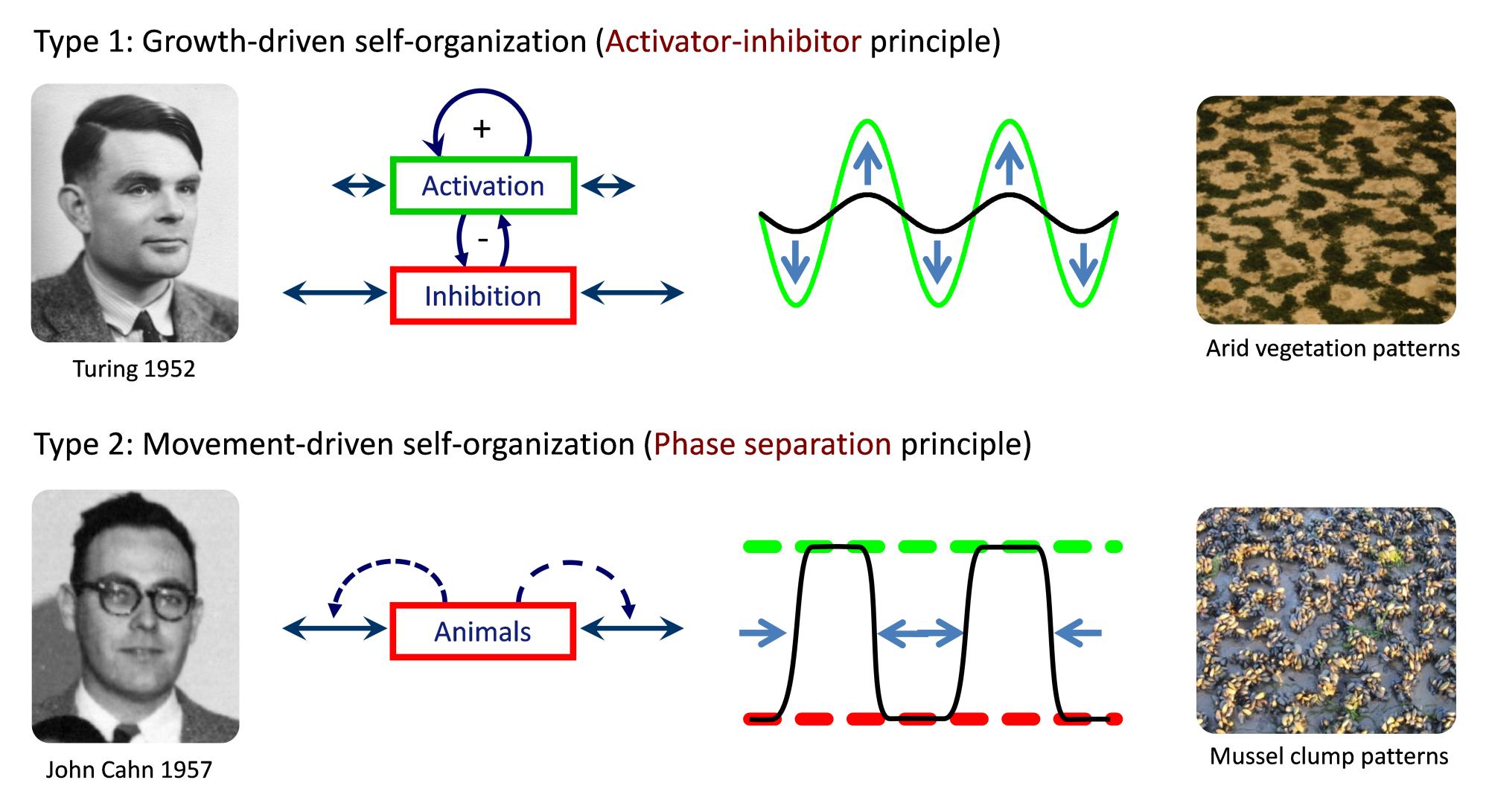

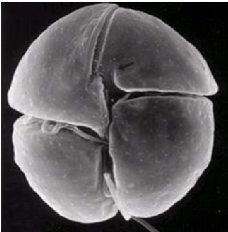
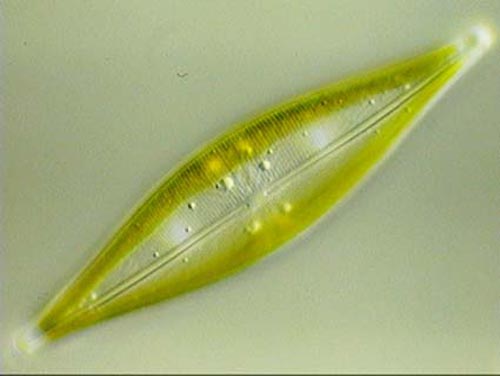
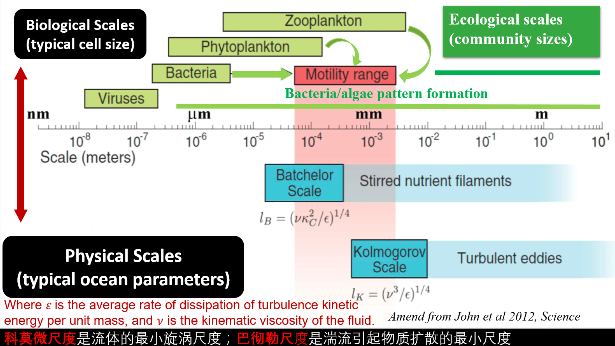
Here typical pictures show the theoretical scopes from biological interactions to physical principles, such as self-organization Turing theory and phase separation theory, which have been focused on in recent years. The spatial scales range from micrometer scales of algal cells to ecosystems level of saltmarshes and algal blooms at kilometer scale. Kolmogorov microscales are the smallest scales in a turbulent flow. At the Kolmogorov scale, viscosity dominates and the turbulent kinetic energy is dissipated into heat. Batchelor scale describes the smallest length scales of fluctuations in scalar concentration that can exist before being dominated by molecular diffusion.
Quan-Xing Liu (刘权兴) was born on October 13, 1983 in Shaan'xi, China. He started his studies in applied chemistry at North University of China in 2002 and earned his Bachelor of Science degree in 2006. Afterwards, he received a Master degree in Control Engineering (with Applied Mathematics Professor Zhen Jin) from North University of China. During that time, he published over 20 papers in international journals and won the fifth China Youth Science and Technology Innovation Award in 2008. In 2009, he continued his academic journey in the Netherlands with a focus on Ecology, and completed a PhD project under the supervision of Professor Johan van de Koppel at the Department of Spatial Ecology, Royal Netherlands Institute for Sea Research (NIOZ-Yerseke). He studied the mechanisms and functioning of spatially self-organized patterns in ecosystems and helped us understand the ecosystem functioning of these patterns from biological to ecological processes. From 2013 to 2014, he worked as a postdoctoral researcher at the University of Amsterdam's Department of Aquatic Microbiology-IBED with Professor Jef Huisman's group, where he researched the coastal phytoplankton's biodiversity caused by large-scale turbulence. From 2015 to 2023, he served as an ecological professor at East China Normal University. Currently, he holds the position of Professor of Applied Mathematics at Shanghai Jiao Tong University since February 2023.
Abridged introduction
Communications Biology, Editorial board, 2019 - present
School of Mathematical Sciences,
Shanghai Jiao Tong University
800 Dongchuan Road,
Shanghai, 200240, China

Phase Separation in ecology, bio-geomorphology, and beyond ...
